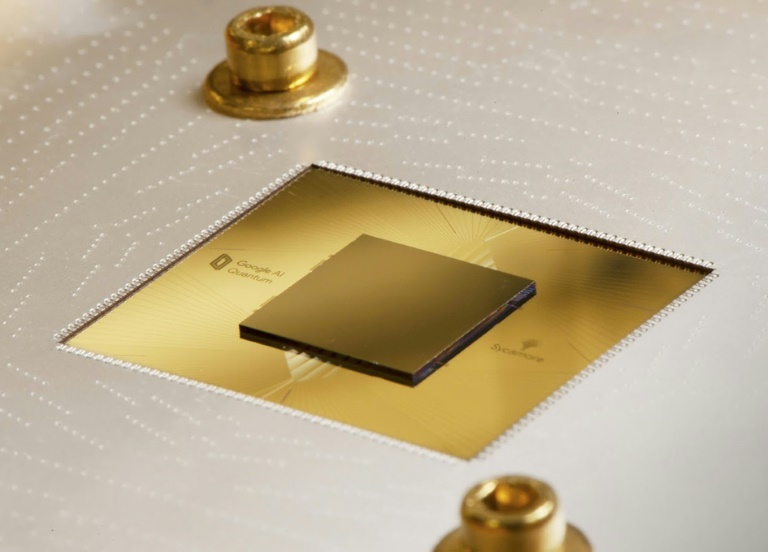
Cygnus spacecraft set for departure from the International Space Station (ISS)
The Cygnus spacecraft, a resupply vehicle developed by Northrop Grumman for NASA, is prepared to depart from
the International Space Station (ISS) in an event that will be broadcast live on NASA TV. The mission, dubbed
NG-16, has successfully completed its objectives and is now ready to make its journey back to Earth.
NASA TV to bring the departure event to viewers worldwide
As part of their commitment to transparency and public engagement, NASA TV will broadcast the departure of
Cygnus live, allowing viewers from around the globe to witness this significant moment in space exploration. The
broadcast will provide commentary, real-time updates, and analysis as Cygnus begins its journey home.
The science behind the Cygnus mission
Cygnus arrived at the space station with crucial supplies, equipment, and scientific experiments aimed at
advancing various fields of research. Over the course of its stay, the crew unloaded supplies and ensured that
any necessary equipment was in place for conducting experiments. Additionally, the spacecraft was loaded with
waste and no longer serves any purpose in the space station’s orbit.
Key objectives achieved during the NG-16 mission
- Delivery of essential supplies:
- Facilitating scientific exploration:
- Technology demonstration:
Cygnus successfully delivered vital supplies such as food, clothing, spare parts, and station support
equipment required by the crew to carry out their operations in space.
The spacecraft facilitated various scientific experiments conducted by astronauts onboard the ISS. These
experiments aim to advance our understanding of subjects such as biology, physics, and human physiology in
microgravity environments.
Cygnus carried out tests on new technologies and equipment to further enhance space exploration capabilities
and improve future missions to the ISS and beyond.
The departure and future plans
This live broadcast event will capture the moments leading up to Cygnus’ departure, showcasing the preparations
made by the crew to safely release and push the spacecraft away from the ISS. Following its departure, Cygnus
will embark on a controlled deorbit, ultimately burning up in Earth’s atmosphere, ensuring the safe disposal of
any remaining waste materials.
The successful completion of the NG-16 mission is a testament to the collaborative efforts of NASA, Northrop
Grumman, and the entire international space community. Its achievements pave the way for future resupply
missions, fostering scientific progress and pushing the boundaries of human exploration in space.
rnrn




















